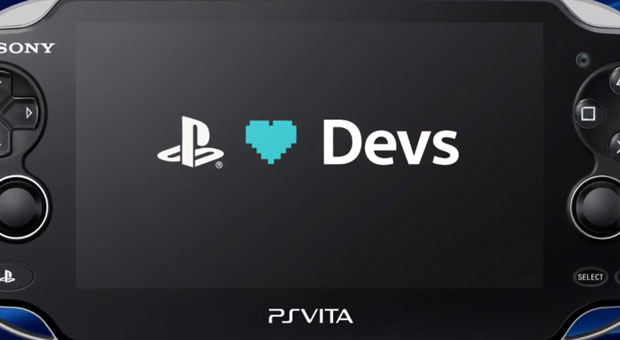The Playstation Vita is without a shadow of a doubt the best handheld console that has ever existed. Its build quality, screen, controls and specs are completely unparalleled. It has the ability to bring current-gen console-quality gaming to the mobile platform without even straining itself. So why does a console like this require saving?
Primarily it’s because there simply aren’t enough games for it. There was a reasonable but largely unattractive selection at launch followed by a considerable gap, and following that only a handful more of major-studio releases. However, piles of indie games are increasingly filling the gaps, which may actually result in the console seeing something of a resurgence in use by existing owners, if not potentially more sales.
This is good for Sony, because it’s caused them not only to save their console, but also to finally open their doors to the indie development community. These are the sort of experimental folk responsible for your desire to get an O2 for your handheld to download all the easier-on-your-memory-card-space games that also tend to be more creative, more exciting and thus more memorable.
Sound Shapes is one such title – a platformer where the levels are built in a visual sequencer, so each collected item adds to the background music (though it’s so involved that “background” seems like a misnomer), to the point where you’re finishing a level at a crescendo of noise and harmony and you’re beginning to wonder why exactly all games need Uncharted-level graphics. The Vita is capable of those, obviously, but it’s the clean, sharp Sound Scape videos and its brilliantly-used soundtrack that put it in equal standing next to major studio releases.
The amazing thing about indie games is that, because they’re made independently and thus don’t need to bow to any marketing department or studio input (up until a point, obviously – there are indie developers with departments’ worth of staff), they tend to go off into the “weird” more often than not. Lone Survivor, due on the Vita soon, is a pixel-art tribute to Silent Hill that has you wandering through dark corridors and hiding from or firing bullets into a series of horrifying enemies.
While there are some games that will do horror, there are no major studio releases risking 2D short of Rayman Origins, and that was a proven concept only because it wasn’t pixel art. The Vita has rapidly transformed from something sold on the capabilities of its high-quality 3D graphics to a machine that now runs games that are of all shapes and sizes.
The size is a bonus, of course – many indie games are smaller than the hulking, multiple-gig size of the average triple-A title – and fitting more of them onto Sony’s pricey memory cards can never be seen as a negative thing. But regardless of how many times you’ll have to re-mortgage your house to pay for extra Vita storage space (skip this if you can – just delete games you don’t play, for goodness’ sake), having a lot of indie games on there helps the games industry, helps you by offering you more choice, and convinces Sony that the console isn’t a lost cause.
___________________________________________________________________________
Nadia Hyeong a self-confessed geek and lover of games, gadgets and photography. Her love of retro games takes up most of his spare time. Feel free to follow her on Google+ and Twitter.







The glaring issue still remains, if Sony continues to publish the same content for both its home and portable consoles, it becomes harder and harder to convince people to buy the Vita.I own one, and I feel like every time I buy a game for it that is also on PSN, im selling myself short in the audio/visual fidelity department in a small attempt to send the right message.